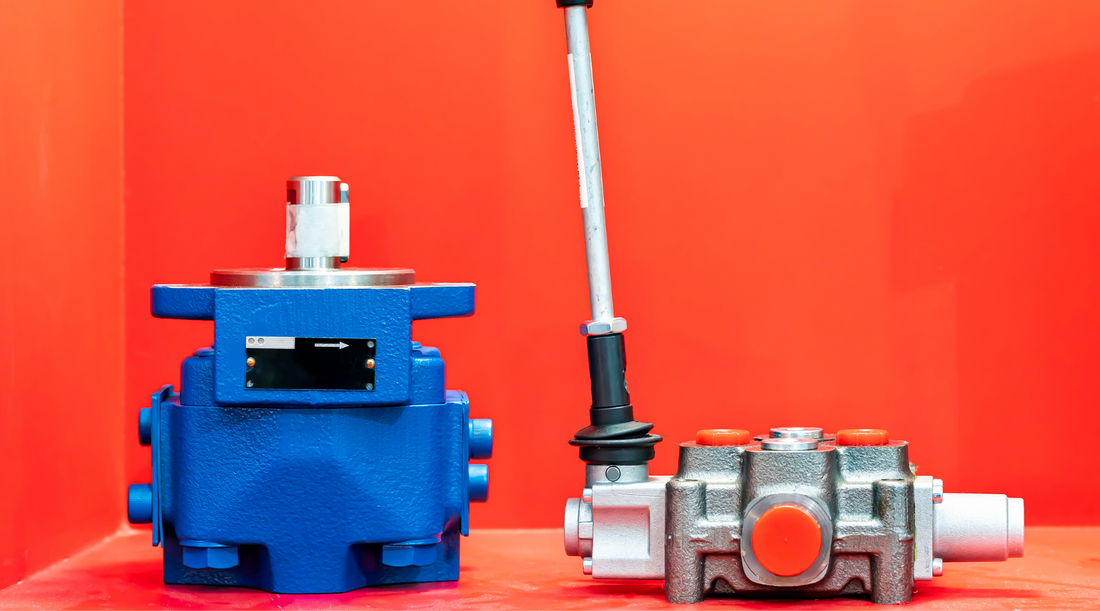Optimizing System Control with High-Performance Control Valves
Optimizing System Control with High-Performance Control Valves
Blog Article

Maximize Power Savings and Convenience With Advanced Structure Automation Controls
In the world of modern-day design and facility administration, the integration of innovative building automation manages stands as a critical innovation. By using the power of automation, structures can adapt, react, and evolve in means that were as soon as unthinkable.
Energy Effectiveness Perks
Power efficiency advantages can considerably decrease power usage and operational expenses in structures. By executing energy-efficient practices and innovations, structure owners and operators can accomplish substantial financial savings while additionally adding to environmental sustainability. One of the primary advantages of improving energy efficiency in buildings is the decrease of energy expenses. Energy-efficient systems, such as sophisticated building automation controls, can enhance using resources like heating, cooling, and lights, bring about lower energy expenses over time.
Moreover, improved energy performance can lengthen the lifespan of building tools and systems. By operating extra successfully, heating and cooling systems, lighting fixture, and other structure elements experience less damage, causing decreased maintenance and replacement prices. Furthermore, energy-efficient buildings commonly command greater property values and rental rates, giving long-lasting economic advantages to owners.
Moreover, energy performance can improve owner comfort and efficiency. Properly managed interior settings with optimal lights and thermal problems create a more helpful and pleasurable workspace, leading to enhanced staff member satisfaction and performance. Overall, the power performance benefits linked with sophisticated structure automation controls are multifaceted, incorporating cost financial savings, environmental stewardship, and passenger wellness.
Boosted Convenience Control
Enhancing comfort control in structure environments needs an advanced integration of innovative automation systems for optimum resident wellness. By making use of sophisticated building automation controls, facilities can tailor the indoor setting to fulfill the specific demands and choices of occupants. control valves.
Improved convenience control surpasses fundamental temperature level changes. It includes functions such as customized setups, tenancy sensing units, and all-natural light use to develop a responsive and vibrant setting. By including these sophisticated controls, structures can not just enhance convenience but also boost power performance by optimizing system procedures based on real occupancy and usage patterns. Eventually, focusing on owner comfort through sophisticated automation systems brings about an extra pleasurable and healthier interior setting.
Operational Performance Improvements

Furthermore, the implementation of real-time tracking and analytics devices allows structure drivers to recognize energy ineffectiveness and operational anomalies without delay. By continuously keeping an eye on power usage patterns and system performance metrics, modifications can be made in real-time to optimize power consumption and guarantee peak operational performance. control valves. Additionally, incorporating need response strategies into structure automation controls can even more improve content functional performance by dynamically adjusting energy usage based upon grid problems and rates signals
Indoor Environment Optimization
Effective indoor climate optimization is an essential aspect of structure automation controls, guaranteeing occupants' comfort and well-being while making the most of power financial savings. By utilizing sophisticated sensors and controls, developing automation systems can constantly check and change temperature, humidity levels, air top quality, and ventilation to develop an ideal indoor environment. Preserving comfy and consistent problems not only improves owner complete satisfaction but additionally improves efficiency and general well-being.
Interior climate optimization likewise plays an essential duty in power effectiveness. By fine-tuning home heating, air flow, and cooling systems based on real-time data and tenancy patterns, constructing automation controls can significantly lower power consumption - control valves. Executing methods such as demand-controlled ventilation and thermal zoning can assist reduce power waste while making certain that each area of the structure gets the needed conditioning.

Sustainable Atmosphere Development
Building automation manages not just maximize indoor read the article environment conditions for energy performance and resident convenience but additionally lay the structure for creating a lasting atmosphere with tactical monitoring of systems and resources. By integrating advanced structure automation innovations, such as sensors, actuators, and smart software, facilities can readjust and monitor energy use in real-time to reduce waste and decrease their carbon impact. These systems make it possible for predictive upkeep, determining potential concerns prior to they intensify and optimizing tools efficiency to enhance longevity and efficiency.
Moreover, sustainable atmosphere production prolongs past energy administration to include water preservation, waste decrease, and indoor air high quality renovation. Building automation controls can regulate water use, find leaks, and make sure proper garbage disposal methods, adding to overall sustainability initiatives. Additionally, by keeping an eye on and controlling ventilation and filtering systems, these technologies enhance occupant wellness and performance while decreasing power consumption associated with cooling and heating operations.
Final Thought
Finally, advanced building automation manages deal considerable benefits in terms of power financial savings, comfort control, operational effectiveness, interior climate optimization, and creating a sustainable environment. By executing these controls, buildings can achieve ideal efficiency while reducing energy usage and improving occupant comfort. It appears that using advanced automation innovation is crucial in improving building efficiency and producing a more sustainable future.
Energy efficiency benefits can substantially reduce energy consumption and functional costs in buildings. Generally, the power performance benefits linked with advanced building automation controls are official site diverse, encompassing cost financial savings, ecological stewardship, and resident health.
In addition, incorporating need response techniques right into structure automation controls can further boost functional performance by dynamically changing energy use based on grid problems and rates signals.
Structure automation controls not only enhance indoor environment conditions for energy performance and resident convenience however also lay the structure for creating a sustainable atmosphere with strategic monitoring of resources and systems.In conclusion, advanced structure automation manages deal considerable benefits in terms of energy financial savings, comfort control, functional performance, indoor climate optimization, and producing a lasting environment.
Report this page